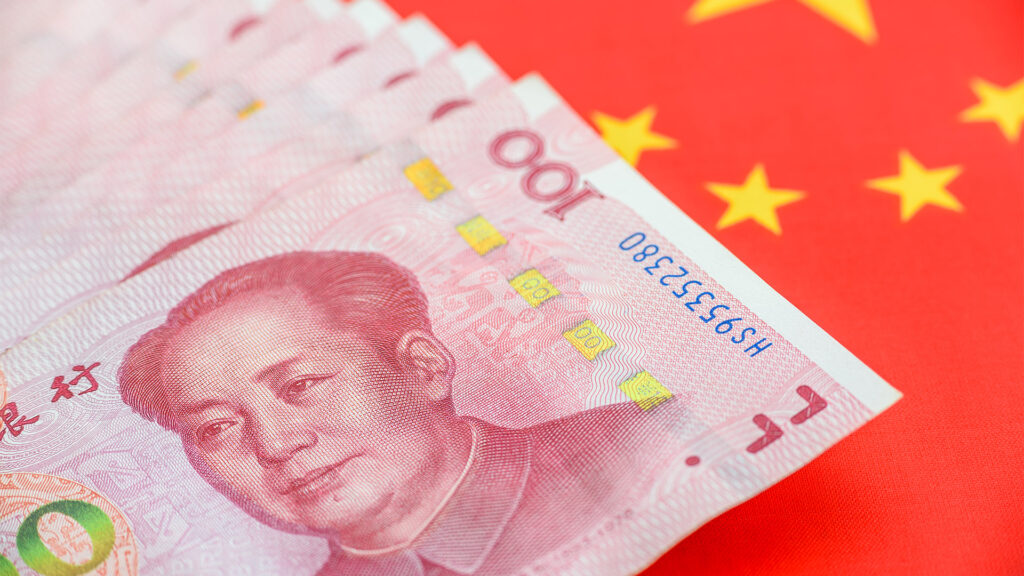Credit data shows China has slipped into a form of credit trap, with new loans in July hitting their lowest level in nearly 15 years, at a time when interest rates are at record lows.
The slump in new loans comes despite two interest rate cuts and reductions in reserve ratios for banks this year. This indicates that consumers and businesses are opting to repay existing loans rather than taking on new debt.
It is a sign of a massive loss of confidence, as the amount lent in July was far lower than forecasts and especially compared to June’s figures.
Analysis of central bank credit figures reveals that Chinese banks extended 260 billion yuan ($36.3 billion) in new loans in July, the lowest since October 2009 and a sharp decline from the 345 billion yuan lent in the same month of 2023. More importantly, July’s figure was over 80% lower than the 2,130 billion yuan of loans made in June.
Market forecasts predicted a contraction from June to around 450 billion yuan in new loans for July, but the actual outcome was even worse than this conservative estimate.
Analysts say the figures indicate that lending in the property sector, once a major area of activity, has virtually ceased.
Household loans, primarily mortgages, contracted by 210 billion yuan in July, compared to a rise of 570.9 billion yuan in June, according to calculations based on data from the People’s Bank of China, the country’s central bank. Corporate loans dropped to 130 billion yuan from 1.63 trillion yuan in June.
China’s credit aggregates declined despite surprise rate cuts by the PBOC in late July aimed at stimulating the weakening Chinese economy.
To boost growth, the PBOC unexpectedly conducted a medium-term lending facility operation on July 25 and cut the interest rate. Simultaneously, five of China’s major state-owned banks reduced deposit rates to mitigate the impact on their already low margins.
However, these measures have had no effect.
Western analysts attribute the lower credit appetite to the authorities’ crackdown on arbitrage by firms and shadow banks, who previously took advantage of cheap loans to invest in high-yielding deposits.
Instead of lending to businesses and individuals, many banks are continuing to defy the central bank by purchasing government bonds, likely seeking a safe haven. This is driving down interest rates and contributing to growing economic and lending uncertainty.
The yield on government 10-year bonds reached an all-time low of 2.077% last week but rose on Monday after the central bank started publicly criticising buyers. It then fell again on Tuesday to just under 2.20%.
“With private credit demand remaining weak, the PBOC’s recent rate cuts are insufficient to drive a significant recovery,” Capital Economics stated in a note quoted by Reuters. “We anticipate only a further 20 basis point cut to the loan prime rate this year, which won’t be enough to sustain a resurgence in credit demand.”
